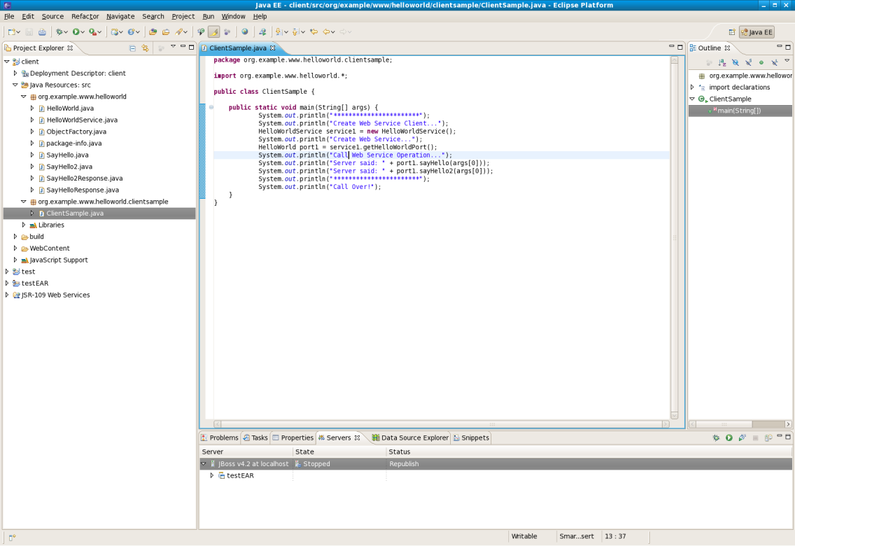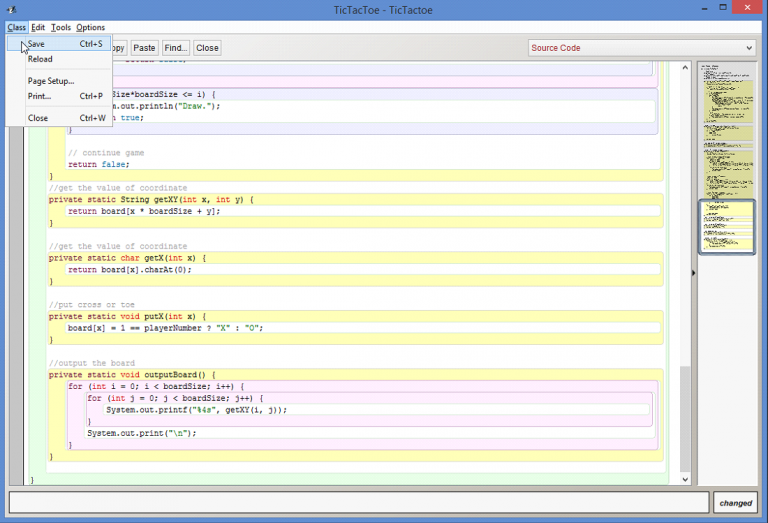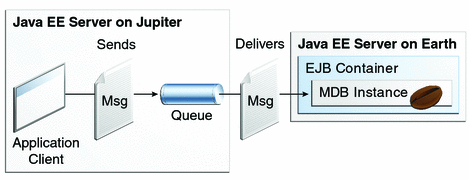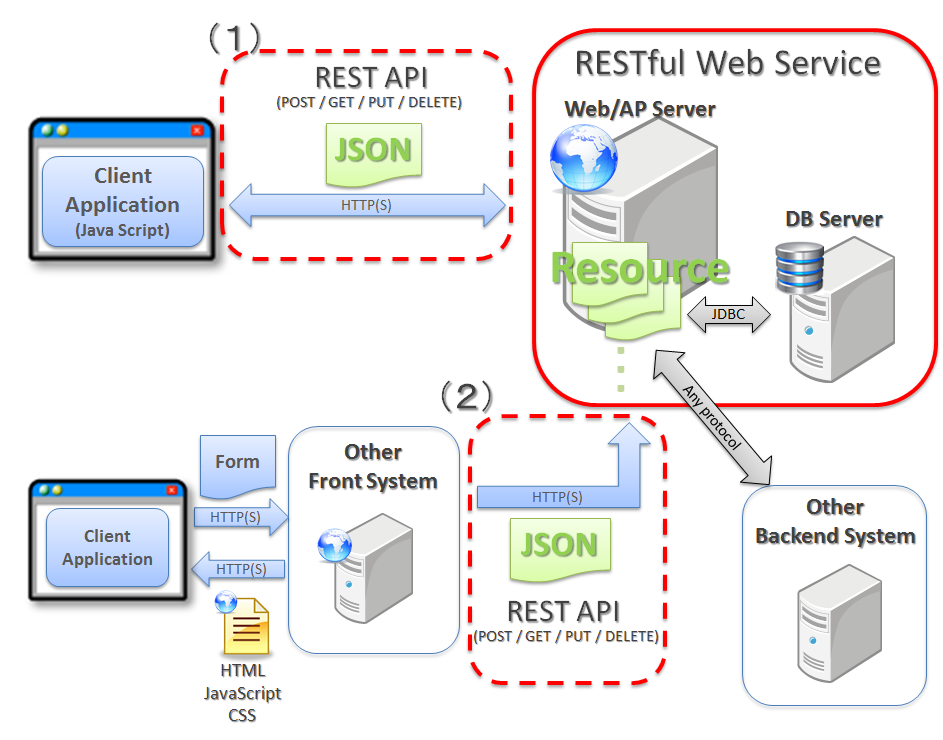
addTransportAddress(new InetSocketTransportAddress("localhost", 9300)) The TransportClient can be created by passing in one or more urls to nodes of your cluster: when you are having tight constraints regarding your memory consumption or you are restarting your application a lot.

This can be useful if maintaining the cluster state in your application can be problematic, e.g. It doesn’t join but connects to an existing cluster using the transport module (the layer that is also used for inter-node communication). Most of the operations are available using dedicated builders and methods but you can also use the generic jsonBuilder() that can construct arbitrary JSON objects for you.Īn alternative to the node client we have seen above is the TransportClient. Each operation returns a Future that provides access to the result once it is available. Note that the final actionGet() call on the operations is caused by the asynchronous nature of Elasticsearch and is not related to the HTTP operation.
Java http client example code#
The fluent API makes the code very readable. You can see that after having the client interface we can issue index and search calls to Elasticsearch. SearchResponse allHits = client.prepareSearch(Indexer.INDEX) for indexing and searching data.Ĭlient client = NodeBuilder.nodeBuilder()īoolean inde圎xists = client.admin().indices().prepareExists(INDEX).execute().actionGet().isExists() Ĭlient.admin().indices().prepareDelete(INDEX).execute().actionGet() Ĭlient.admin().indices().prepareCreate(INDEX).execute().actionGet()

This then has methods for all of the API functionality, e.g. You can use the NodeBuilder to get access to the Client interface. This saves a potential hop that would occur when asking Node 2 for the document that would then route your request to Node 1 for you.Ĭreating a client node in code is easy. That way, when requesting a document that resides on one of the shards of Node 1 your client node already knows that it has to ask Node 1. Each node of the cluster, including our application’s client node, has access to the cluster state as indicated by the cylinder icon. On the right side we can see two normal nodes, each containing two shards. The node client integrates with your Elasticsearch cluster This node normally doesn’t contain any data but is aware of the state of the cluster. Partly this is caused by the way the client connects to Elasticsearch: It doesn’t use the REST API but connects to the cluster as a cluster node. Unlike other solutions there is no separate jar file that just contains the client API but you are integrating the whole application Elasticsearch. The obvious first choice is to look at the client Elasticsearch provides natively.

In this post I would like to show you some of the options for integrating Elasticsearch with a Java application. Nevertheless Java, the language Elasticsearch and Lucene are implemented in, is very dominant. All of the APIs for indexing, searching and monitoring can be accessed using HTTP and JSON so it can be integrated in any language that has those capabilities. One of the important aspects of Elasticsearch is that it is programming language independent.

Get the latest from The State of the Official Elasticsearch Java Clientspost, instead. DON'T PANIC. This article contains outdated information.


 0 kommentar(er)
0 kommentar(er)
